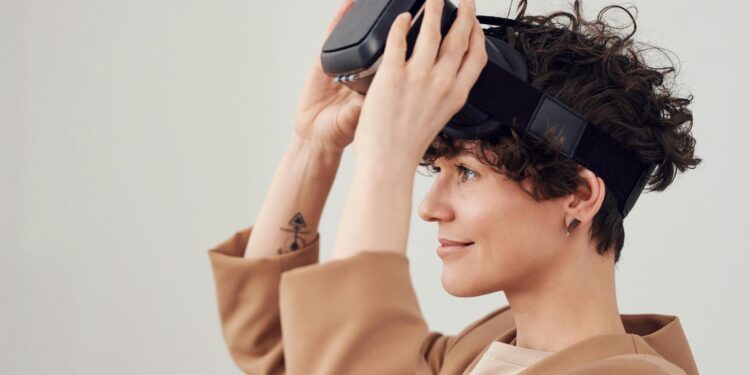In the early 2000s, most techy people knew what VR was. Though virtual reality was in its infancy in terms of hardware and software development, the idea had been around for a while—and some publications were starting to focus on VR as the future of gaming.
Not only would it offer an unprecedented and immersive experience, but it would steer the future of the industry. Despite the hype, VR projects remain underrepresented in the overall gaming industry. Last year, Steam (the largest game marketplace in the world) reported that only two percent of its users had access to a VR headset.
These types of data points beg the question—will VR ever take off? And can it ever compete with AR? By comparison, augmented reality is much more affordable, accessible, and viable for gamers. In other words, it’s easier for gamers to use without forking over thousands for a headset and VR-ready setup—especially for mobile players.
Let’s dig a little deeper to compare AR and VR, focusing on whether VR can offer the same type of dynamic and accessible gaming experience as AR.
The Gaming Focus
The concept of VR is insanely attractive for gamers—after all, who wouldn’t want to fully immerse themselves in their favorite gaming worlds? But in reality, not all games need this degree of immersion to be enjoyable. Most players simply want a functional game that’s easy to dive into.
For example, casino games aren’t categorized under traditional video games, but they’re a booming global market. If you want to learn more about deals, Mason McDonagh writes about it on Oddschecker, a great site for comparing offers. Overwhelmingly, the focus is on finding bonuses and uncovering new games—not disappearing into a virtual world.
The same is true for more casual games like match-threes, including favorites like Candy Crush Saga. In the case of casinos and match-threes (favorites within the casual gaming realm), a VR game doesn’t necessarily improve the gameplay experience. It just blows it out of proportion.

The Real-World Focus
Don’t get us wrong—for certain games with highly detailed worlds and stunning visual design, VR games can be a treat. However, this type of system is more likely to see real-world applications. In fact, the very first VR-adjacent projects ever created were designed as realistic simulations. They focused more on education than gaming.
This is still true today. Some of the most expensive VR programs aren’t sold as games. Instead, they’re being adopted by higher educational institutions to help educate students in the realms of medicine, including surgery and diagnostics. The same goes for professional sports leagues. More teams are relying on VR-based training programs to streamline and specialize their approach.

Viewed in this way, VR’s applications beyond the realm of gaming could eclipse its focus on entertainment. Along with medicine and sports, a new field of VR is beginning to emerge: eCommerce. Already, the US company Lowe’s has a ‘Holoroom’ that allows buyers to try out products and learn more about home improvement.
MR Enters the Mix
You may have also noticed that there’s a new concept entering the discussion. Along with AR and VR, MR (or mixed reality) is starting to claim more headlines. The idea is that MR bridges both AR and VR, making it possible for virtual objects to co-exist in the real world.
Once again, education programs around the world are scrambling to adapt MR for their students. However, MR has a viable future in terms of gaming. AppleVision Pro, for example, is an MR hit with users who have access to multiple games using their headsets. However, given the price of this device, it’s likely to run into similar problems as VR in terms of accessibility.














































































































